In our series of best product guides, here’s the latest update to our recommended Android Smartphone list. All numbers in the text are updated to reflect pricing at the time of writing (November 19th).
Late fall is a very tough timing in terms of buying smartphones. If you’re not an iOS/iPhone user, then it is not the best timing in terms of trying to buy a new generation device as the vast majority of line-ups from vendors are seeing only inter-generational updates. There’s only a few exceptions for this rule, and in the majority of the time this is a better period to at price reductions of existing smartphones released earlier in the year.
| AnandTech Android Smartphone Recommendations: Holiday 2018 | ||||
| Segment | Option #1 | Option #2 | ||
| Flagship (North America) | Galaxy S9/S9+/Note9 | OnePlus 6/6T | ||
| Flagship (Europe / RoW) | OnePlus 6/6T | Mate 20 | ||
| Upper Mid-Range | Galaxy S8 | Pocophone F1 | ||
| Best Value | Honor 7X | Honor 9 Lite | ||
This quarter, the most interesting new devices were Huawei’s new Mate 20’s. The Mate 20 Pro, while certainly Huawei’s best device to date, does seem to have some few issues around the edges that prevents it from quite justifying its price. Also newly released were OnePlus’ 6T, a very straightforward successor to the OnePlus 6 which we reviewed this summer high recommendations. Finally Google’s new Pixel 3 phones offer fantastic software performance while showcasing leading computational photography, however it’s arguable if this alone is enough to carry the high price-tags of the new Pixels.
Best Flagship Devices Americas: Samsung Galaxy S9/S9+ & OnePlus 6/6T
In North America, and in the Americas in general, last quarter I placed the OnePlus 6 above the Galaxy S9/S9+ in terms of the most attractive device to buy. However this time around I would have the devices switch positions: The unlocked small Galaxy S9 can now be had for only $520, while the S9+ sees also sees a large reduction and can be had for only $640.
Samsung’s Galaxy S9/S9+ still represent the most complete smartphone packages this year. Looking back in hindsight in regards to the competitions’ line-ups, Samsung’s choice to keep things straightforward with this year’s generation might probably the best decision. Other vendors were stumbling with (subjective) display notches, removal of headphone jacks, or just overall missing the same platter of features as well as overall device build quality and polish. The fact is, going with Samsung is going the safe route, and with the new price reductions, the Galaxy S9/S9+ appear even more attractive.
The Galaxy Note9 is also pretty much a no-compromise device, and even though it launched later in the year, Samsung is also aggressively pursuing price reductions, and an unlocked US variant of the Note9 can be had starting at $700. There’s just no real negative to the phone, and here users need to choose if the S-Pen as well as the slightly improved battery life are worth slight price bump over the Galaxy S9+.
The OnePlus 6 can still be bought directly from OnePlus starting at $529, however the stock is running out as the new OnePlus 6T is replacing it starting at $549. Both OnePlus phones are excellent devices, however the removal of the headphone jack on the new 6T might deter buyers which might instead consider the regular OP6. It’s here where I argue that paying the little extra difference for the Galaxy S9+ represents a better long-term choice as you gain a better screen, IP68 rating, much better speakers, 3.5mm jack, as well as a true telephoto lens camera module.
Google’s Pixel 3 phones are the only true new contenders this quarter’s comparison, however I do feel that starting at $799 for the Pixel 3 and $899 for the Pixel 3 XL, people will need to very carefully examine if this ~$275 price premium is worth some of the advantages that their camera performance brings, as there’s also some downsides in terms of the build quality of the hardware. Naturally, some of Google’s US exclusive software features on the Pixel 3’s might also sweeten the deal here, however not having been able to test these, I can’t fully judge their value.
Best Flagship Devices Europe, Rest of World: OnePlus 6/6T, Huawei Mate 20
Last quarter the main reason for splitting the recommendations was mainly based on Samsung’s discrepancy in the SoC choice between Snapdragon and Exynos variants, something which is still very much valid today as the Exynos 9810 variants of the Galaxy S9/S9+/Note9 are just less competitive devices. On top of this reason, Huawei has managed to step it up with the Mate 20, and this offers a compelling device due to its performance and enormous battery life, and also warrants being in its own section as it’s not available in the US.
In Europe I think the OnePlus 6 and recent 6T are still pretty alone in terms of their value, although the removal of the headphone jack on the 6T will have some people look elsewhere. Fortunately the OnePlus 6 can be had for as little as 419€ on Amazon.
Unfortunately it is extremely hard to find good alternatives to the Galaxy S9 for people who prefer “smaller” form-factor devices, here people will have to either make do with the performance and battery concerns of the Exynos S9 (496€), or live with the display and camera problems of the LG G7, the latter’s price who has now been reduced to 431€. The small Pixel 3 might have been a good recommendation here, but at a staggering price point of 849€, you’re better off just waiting for other options in the upcoming 2019 spring release cycle.
Last quarter I dedicated a spot to the P20 Pro due to its excellent battery life. This time around, I think the Mate 20 deserves the honours here. The phone is slightly bigger than the OnePlus 6, and comes at a higher price point, however the features it packs seem worth the money. The official price point is 799€, and even though the phone has only been officially available for just a few weeks, I’m already seeing much more attractive offers from European online retailers, going as low as in the 600-650€ range.
What you get for the extra money is plenty: The Mate 20 features the new Kirin 980 which represents the first of a new SoC generation, meaning the device will hold up competitively again 2019 devices. The new SoC makes the Mate 20 the most performant Android device in the market in terms of raw CPU power, and the GPU compares fairly against the Snapdragon 845. What makes the Mate 20 however really stand out is its battery life: The combination of a 4000mAh battery, a very efficient screen, as well as the outstanding efficiency of the new Kirin 980 put the Mate flagship at the top of the battery charts. The screen and camera of the Mate 20 aren’t as exemplary, but still showcase reasonable performances, making the overall package a very attractive purchase.
Devices to possibly reconsider
The Mate 20 Pro I feel like is positioned as a no-compromise device, and is consequently priced at 999€. In practice, I feel that it doesn’t manage to fully validate this price as its battery life is merely average, in spite of its 4200mAh capacity. The screen is also the main problem with the phone, as evidently we’re seeing some quality issues with LG sourced panels. It’s still a good phone overall, but it might be a better choice to wait for better alternatives next spring.
The LG V40 looks good on paper, however in practice it fails. While we haven’t published our review on the unit as of yet, the device’s screen makes it unusable. While LG continues to not have an accurate screen mode, the bigger issue here is the screen power consumption. The V40 unfortunately showcases awful battery life, and for this reason it should just be avoided.
Best Upper Mid-Range Smartphones: Galaxy S8, Pocophone F1
This segment is a touch call because most new devices released in these price segments have one big issue: Competing with last generation flagship phones. The Galaxy S8’s continue to see price cuts, and now be had for 387€/$449 for the S8 and 465€/$488 for the S8+. The second issue here is, that you’re insisting to buy a new device, is that you’re probably better off just buying an OnePlus 6 at an ever so slightly higher price-point.
The one device that does seem manage to make a name for itself in this range, is the Xiaomi Pocophone F1. Unfortunately I’m not able to fully recommend the phone as I don’t have a unit and have never tested it. Still, on paper with specifications such as the Snapdragon 845 and 4000mAh battery, the phone looks like an inevitable choice at this price point, and even competing with higher end flagships.
In Europe, the phone is officially sold by Xiaomi on Amazon for £279/334€ and comes with the required local frequency bands. In the US this choice isn’t as optimal as we see the same global variant being offered by third-party retailers, and it doesn’t have the required dedicated frequency bands to operate optimally on some carriers.
Best Budget Smartphones: Honor 7X, Honor 9 Lite
This category of devices is very hard for me to write about due to the sheer size of the market and particular regional segmentation. Matt last year commented particularly how in the US this segment is very barren, and this was mostly due to the fact that many of the most attractive phones in the price ranges either weren’t officially available in the country or they didn’t come with the correct support for the needed frequency bands.
Fortunately Honor was able to introduce the Honor 7X in the US and has all the required bands for operation on AT&T and T-Mobile at least. At $199 / 229€ the you get a quite excellent phone – the most defining feature of the phone is its 18:9 2160x1080p LTPS IPS LCD screen which frankly at the price range manages outperform many of its peers in its category and can very well keep up with higher end devices.
An alternative to the 7X in Europe is the Honor 9 Lite which comes with the same hardware internals at a similar price of £199 / 199€ and comes in a much more premium feeling glass design.
The Redmi Note 5 is of particular interest in Europe and Asian countries as it supports all relevant frequency bands and is officially sold by Xiaomi. The Redmi Note 5 doesn’t have quite the as elegant and robust design as the 7X or 9 Lite, however where it absolutely shines is in its hardware power as the Snapdragon 636 in the phone just offers the best performance in this price category. Unfortunately I haven’t tested the Redmi Note 5 so I can’t comment on screen or camera quality when compared to the Huawei’s and as such can’t make full judgment on the phone.
from AnandTech https://ift.tt/2MTSFPl
via IFTTT
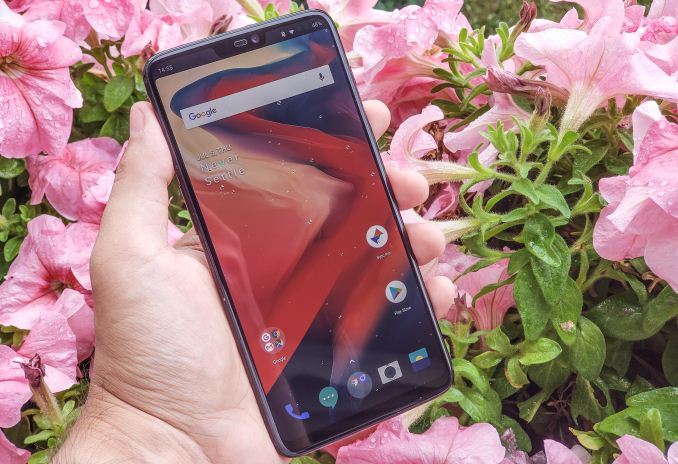
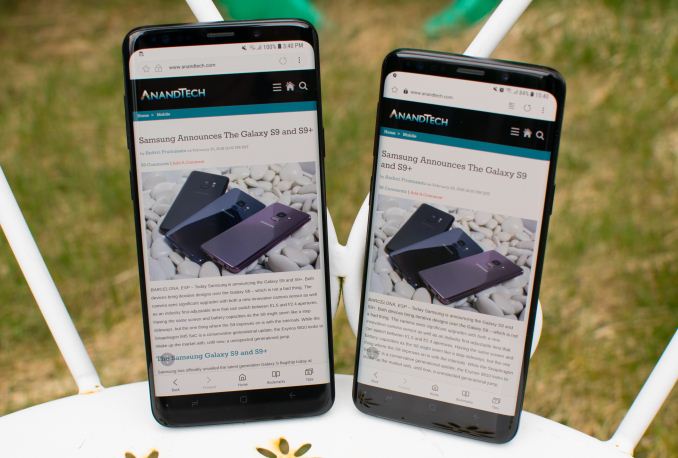
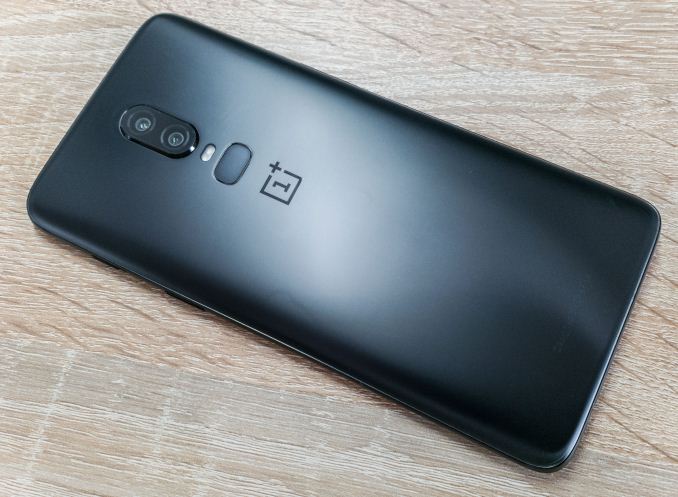
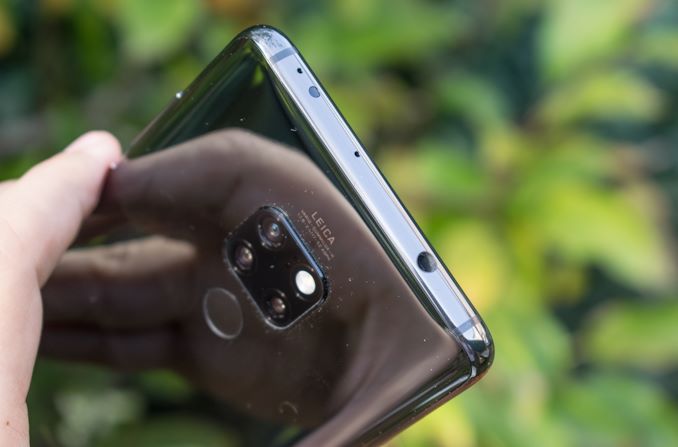
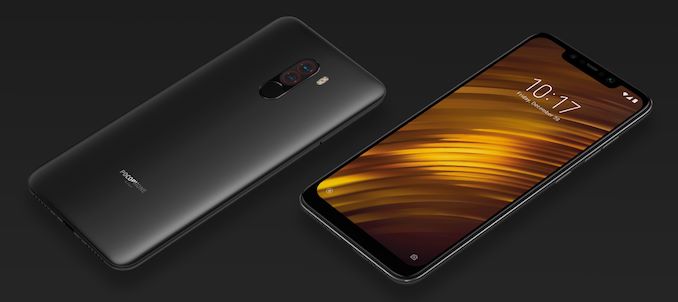

No comments:
Post a Comment